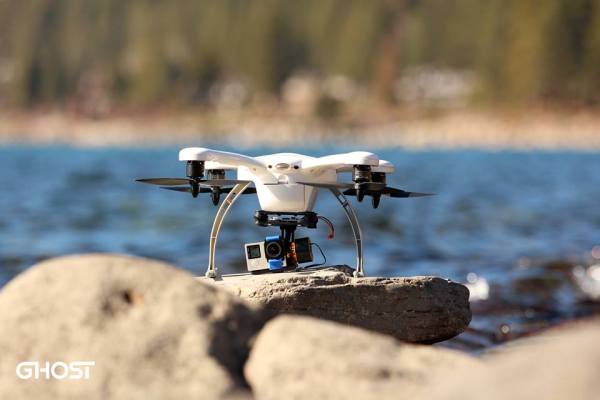Earlier this month, the FAA convened a task force to work out a proposal for drone registrations. As expected, the task force published its report today and it looks like you will indeed soon have to register your drone before you’re allowed to fly it.
Here are the basics of the recommendations (which the FAA is likely to follow):
- If you own a drone that weighs more than 250 grams (or about 9 ounces) — and most camera drones do — the FAA would like you to register your drone
- Registration would happen through a website or app, and the registration data should be made available to third parties through an API.
- You would have to register the registration number or serial number of the drone and that number will have to be affixed to the drone.
- If you get a registration number, one registration number will cover all of your drones.
- That registration or serial number will be linked to the contact information of the registrant (with email addresses and phone numbers being optional).
- The task force recommends that the registration will be free, or if the FAA is required by statute to charge, the fee should be $0.001.
- Non-citizens will also be able to register their drones (or get a waiver).
- Registrants will need to be 13 years or older and children under that age should operate their drones under an adult’s registration.
- Registration won’t happen at the point of sale, but you will have to register before you fly.
The idea here, of course, is to be able to identify drone owners who fly in restricted airspace (or who crash their drones).
These rules don’t come as a surprise. The FAA task force ran a three-day meeting to discuss work on these recommendations earlier this month. The work group included a number of drone manufacturers (3DR, Parrot, DJI, etc.), as well as representatives of various aviation organizations and companies like GoPro, Walmart, Best Buy, Google and Amazon.
In opening the meeting, FAA administrator Michael Huerta noted that the rising popularity of drones also led to growing safety concerns.
“Registration will give us an opportunity to educate new operators about airspace rules so they can use their unmanned aircraft safely,” Huerta said at the time. “It will also help us more easily identify and take enforcement action against people who intentionally violate the rules or operate unsafely. A perfect example of this occurred last week, when a drone carrying mobile phones, drugs and hacksaw blades crashed into a prison yard in Oklahoma. Perhaps registration would have helped authorities quickly identify the owner.”
I doubt that somebody using a drone to smuggle a hacksaw into a prison would register that drone, but Huerta’s overall point stands. There is no doubt that drones interfered with firefighting efforts in California this summer, for example, and there have been far too many reports of drones getting too close to commercial airliners.
Because the registration markings aren’t likely to be visible from any meaningful distance, I doubt that these rules will be all that easy to enforce, though.
The DOT and FAA will now review these recommendations and turn them into rules. That process is supposed to finish before Christmas. Meeting deadlines isn’t the FAA’s strong suit, but the idea here is clearly to have these rules out before the next wave of drone owners ends up crashing their Christmas gifts into their neighbors’ trees.
